The digitization of the world has had an unfortunate side effect on our precious eyes. The screens of our digital devices are not our friends, or at least our eyes’ and we all know it. From hurting eyes to headaches, and in some cases, even nausea, the effects of the strain that our screens can cause on our eyes can be disastrous. But there is no need yet to throw out your devices and become a hermit. There are other ways that can better equip you to protect your eyes from your iPhone and iPad screens that are not so dramatic.
Use Night Shift on your iPhone and iPad
Ever since Apple first introduced Night Shift, it has been very popular with iPhone and iPad users as a way to reduce eye strain. Your iPhone and iPad display use a blue-light that is good for use during the daytime, but it disrupts your circadian rhythm. Night Shift setting automatically shifts the colors of your screen to the warmer end of the color spectrum after dark, therefore reducing the amount of blue light that tells your brain it’s still daytime even during the night. This enables you to get better sleep and also reduces the strain on your eyes.
How to Turn on Night Shift
To enable Night Shift on your iPhone and iPad, swipe down from the right corner of your screen to open Control Center. Tap and hold the Brightness Control to open further control settings.
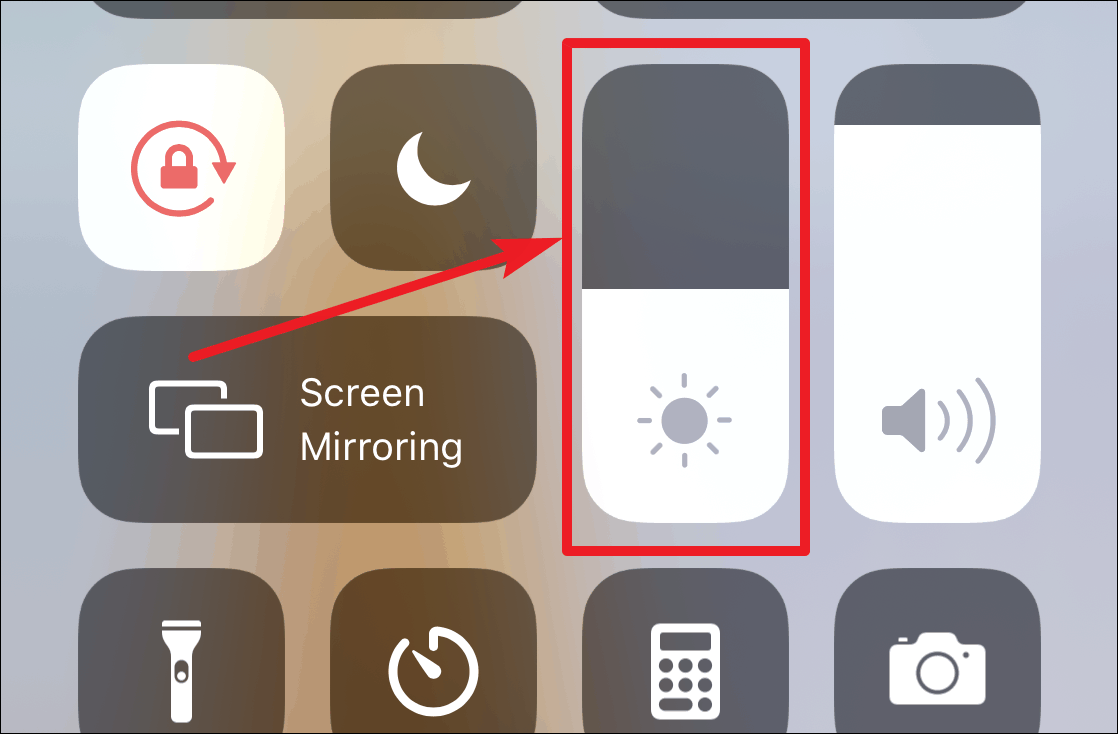
Then tap on Night Shift to turn it on or off.
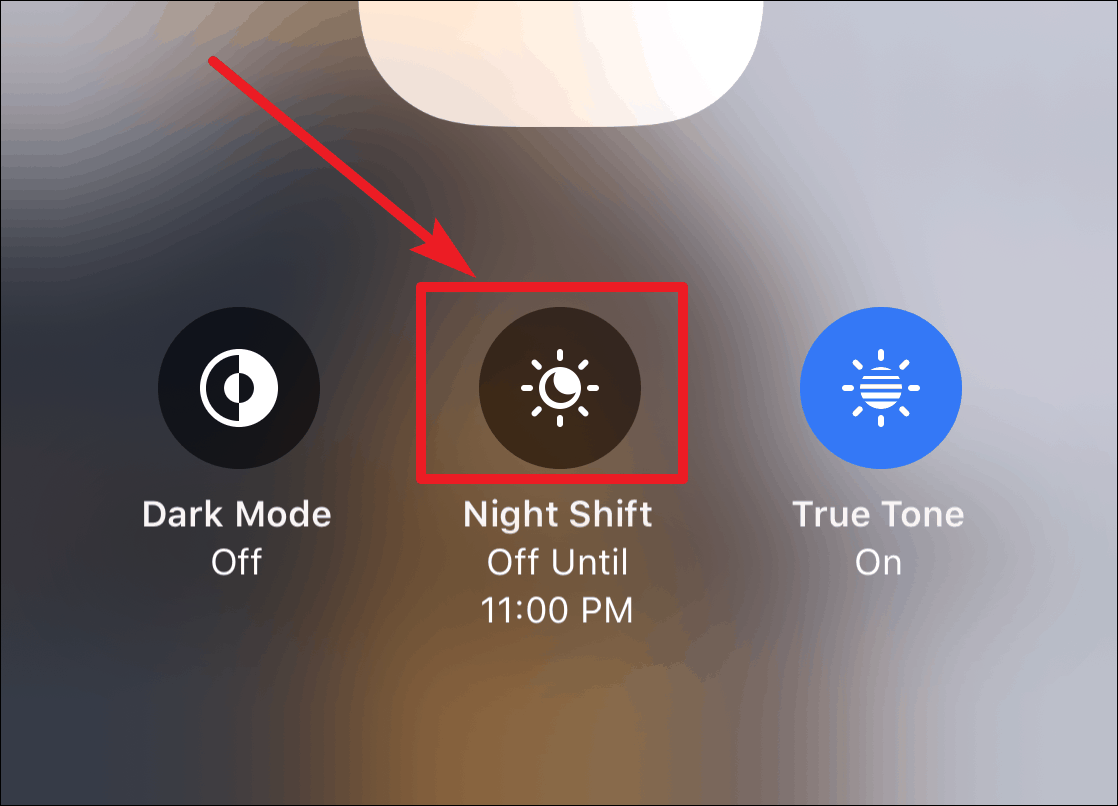
You can also enable the Night Shift to turn on at a certain schedule. To set the schedule for Night Shift, go to Settings from your home screen.
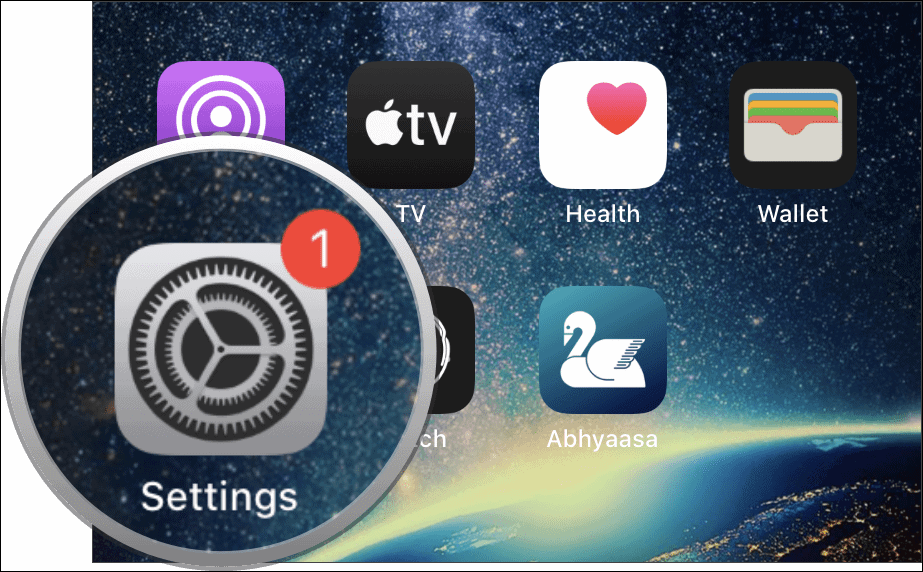
Then tap on Display and Brightness.
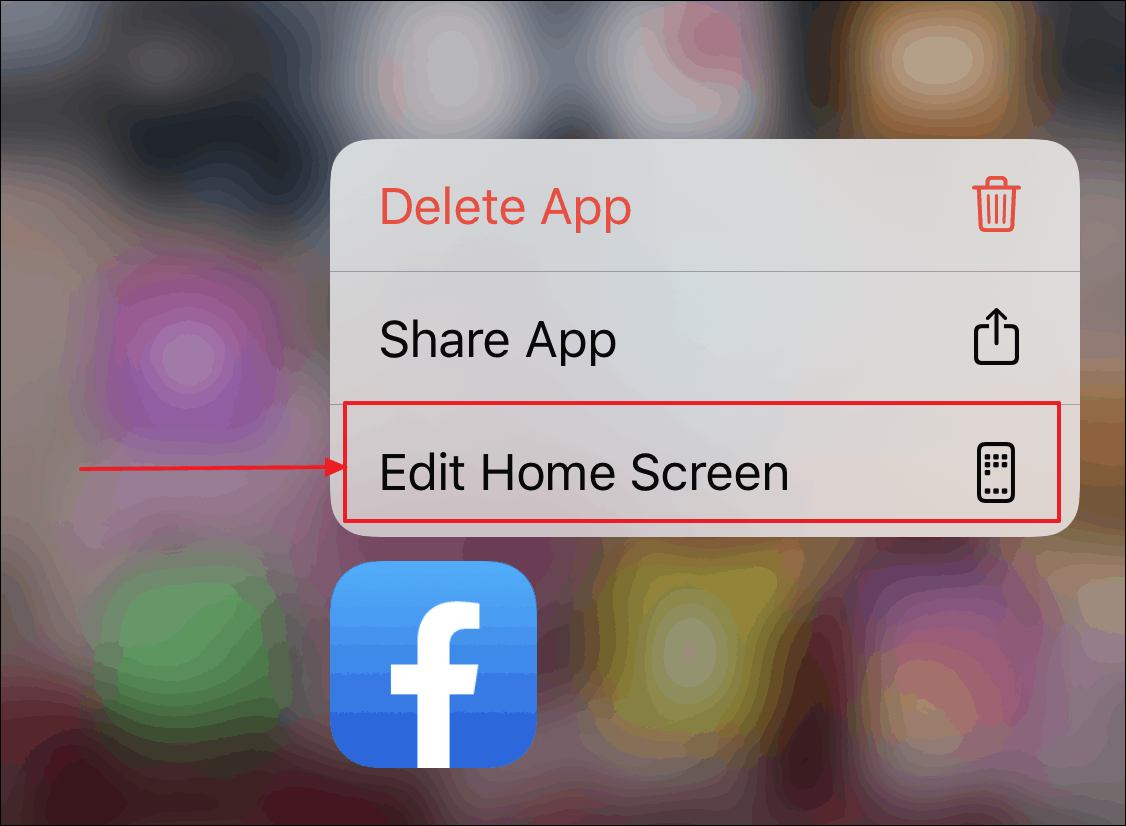
Tap on the Night Shift setting.
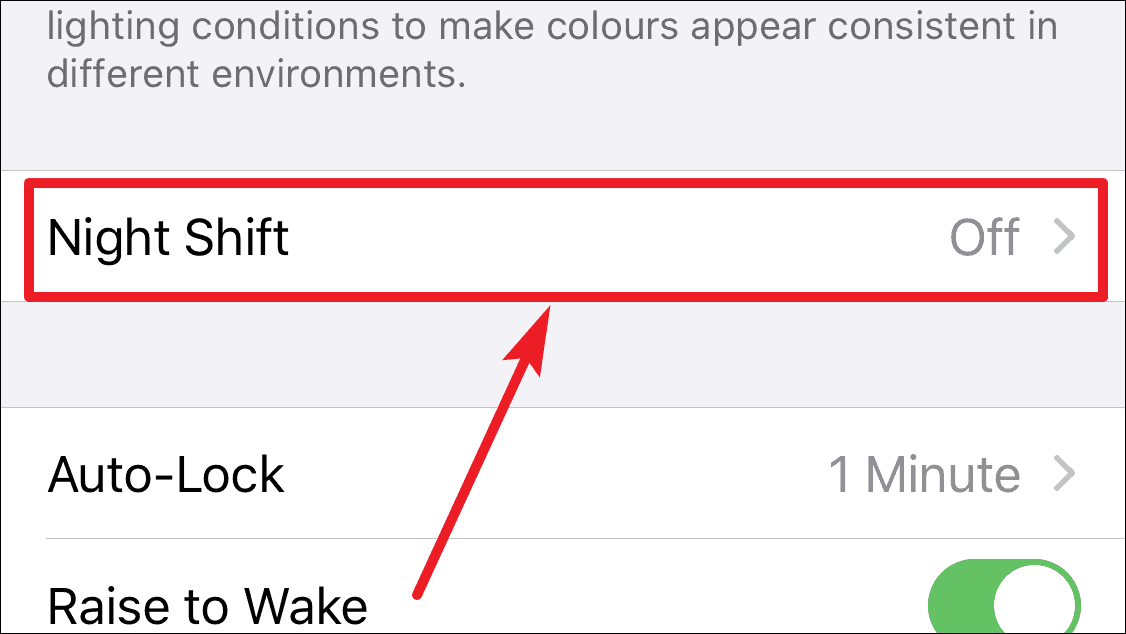
Then turn the toggle on for the setting named Scheduled. By default, the schedule would be adjusted to enable the night shift from Sunset to Sunrise.
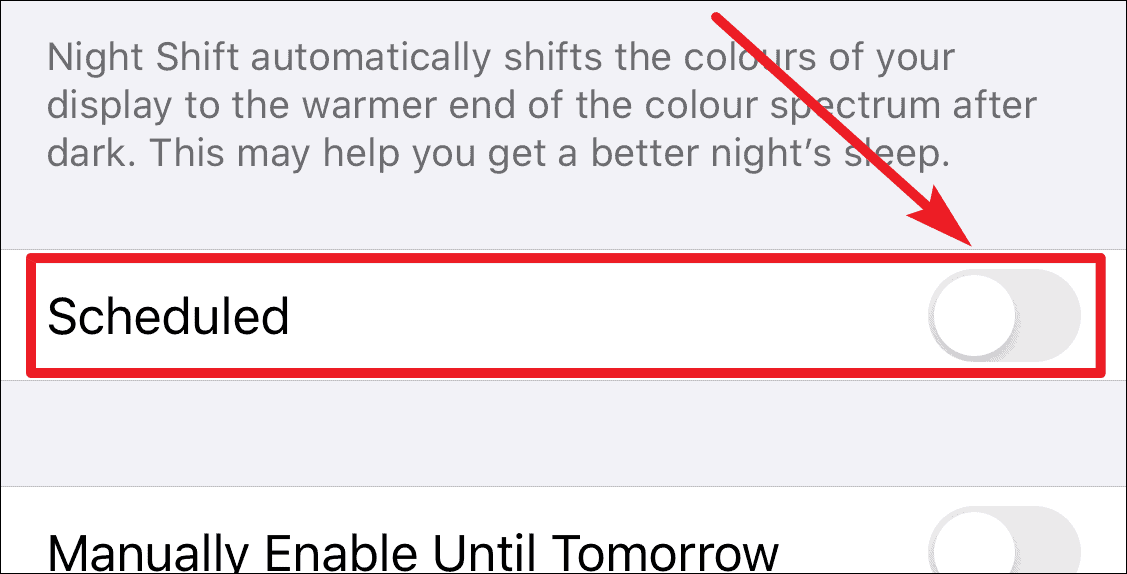
To set a time of your own, tap on the From To setting. Then under the setting Automatic Schedule, select Custom Schedule.
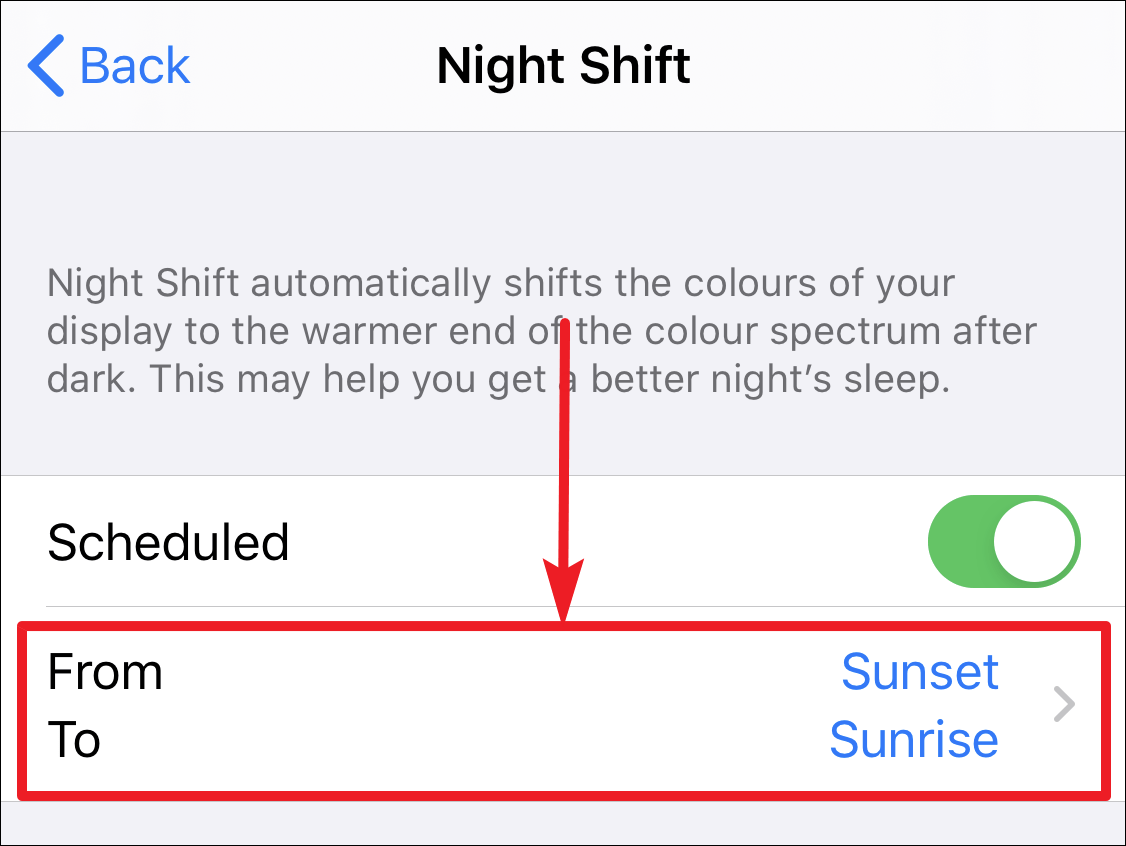
When you tap on that option, two options will appear on your screen. Set your preferred timings in the Turn On At & Turn Off At options and the Night Shift will be scheduled to be enabled during those timings everyday.

Use Dark Mode
Apple introduced a system-wide Dark Mode in iOS 13 and it is a blessing, especially in low-light environments. It not only enhances your viewing experience but greatly reduces the strain on your eyes, especially at night. To turn on dark mode, pull down from the right edge of the screen to open Control Center. Then touch and hold the brightness control and tap on Dark Mode to turn it on or off manually.
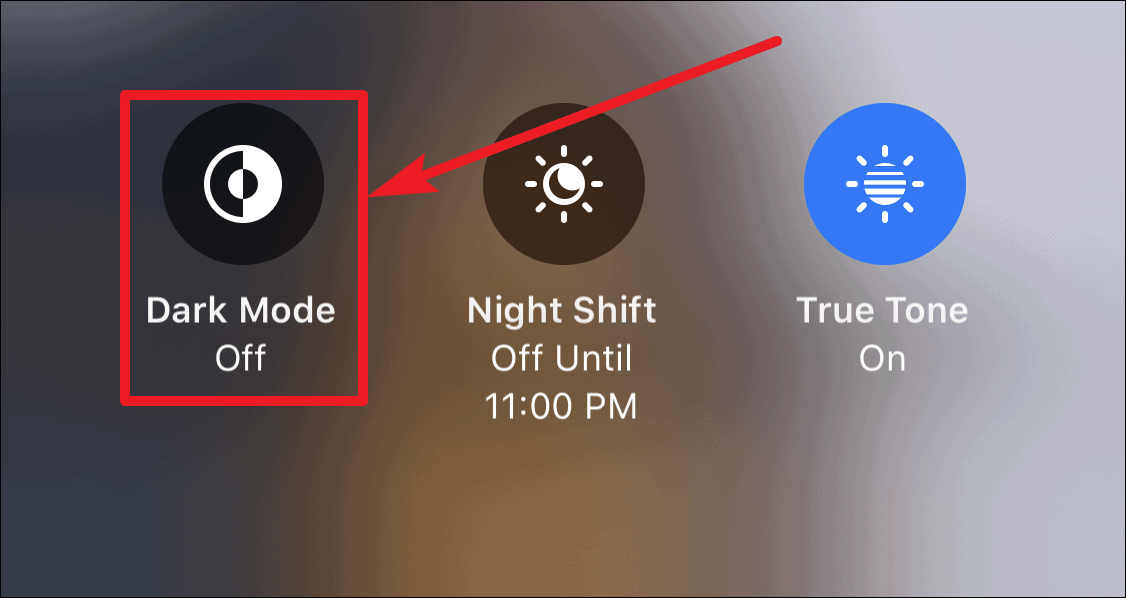
You can also set it to turn on automatically at a certain time. Go to Settings » Display & Brightness. Tap on the toggle for Automatic. The default schedule for the Dark Mode would be ‘Light Until Sunrise’. Tap on Options to set a schedule. Tap on Custom Schedule to deselect Sunset to Sunrise and set your own timings for Dark Mode.
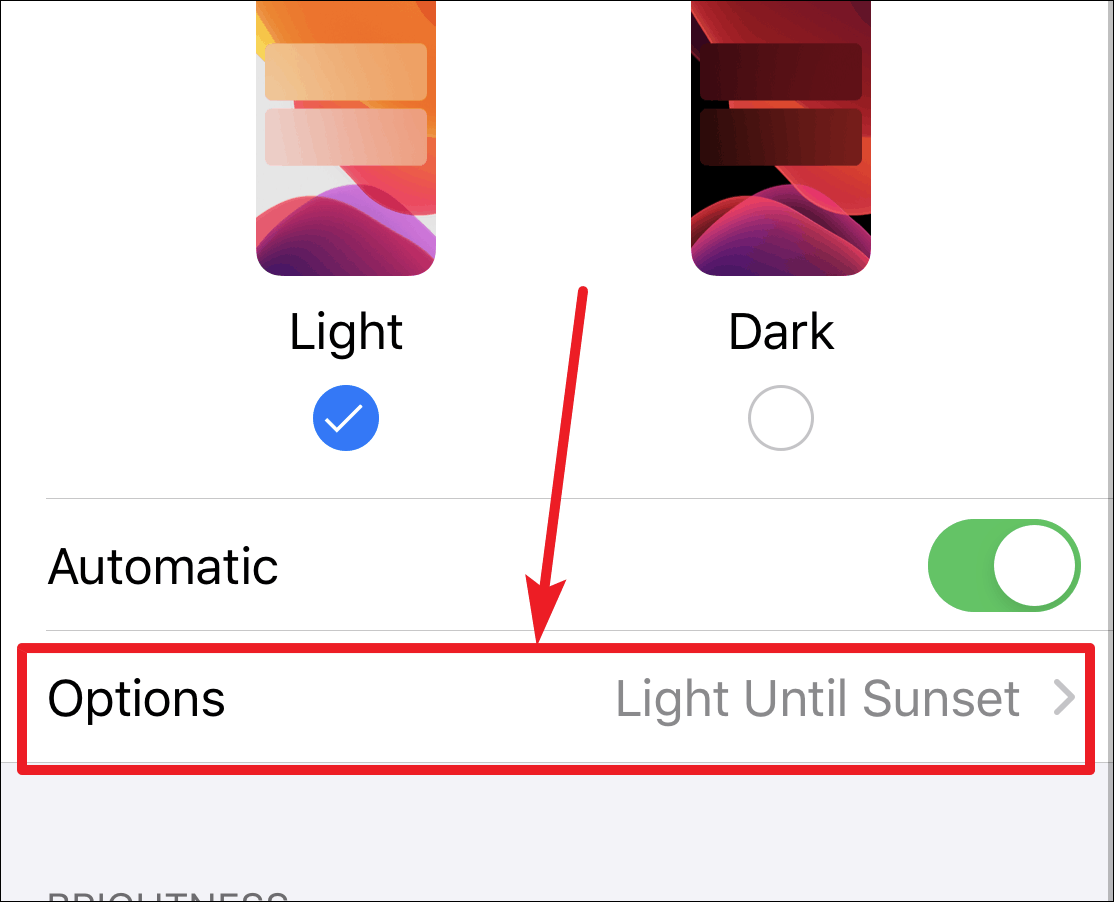
Reduce White Point
If your device has an OLED display, there might be a chance that you are experiencing more headaches or eyestrain than other iPhone users. iPhone X, XS, XS Max, 11 Pro, 11 Pro Max users have more at stake when it comes to their eyes than the users of other iPhones that do not have an OLED display. This is because of the Pulse Width Modulation (PWM) in the OLED display that causes your display to flicker under a camera.
To avoid PWM, one of the options is to keep the brightness of your iPhone more than 50% at all times. But this solution is not at all practical in low-light surroundings or nighttime.
Another solution to minimize the OLED flickering is to use Reduce White Point setting. It reduces the intensity of bright colors on your display. To Reduce the White Point, go to Settings » Accessibility.
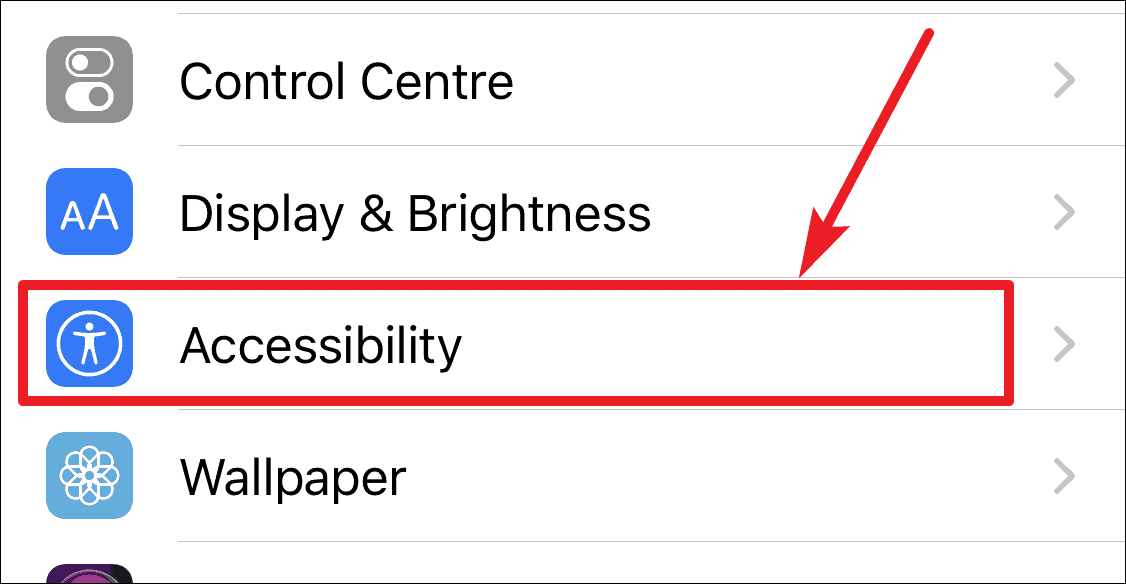
Then tap on the Display & Text Size.
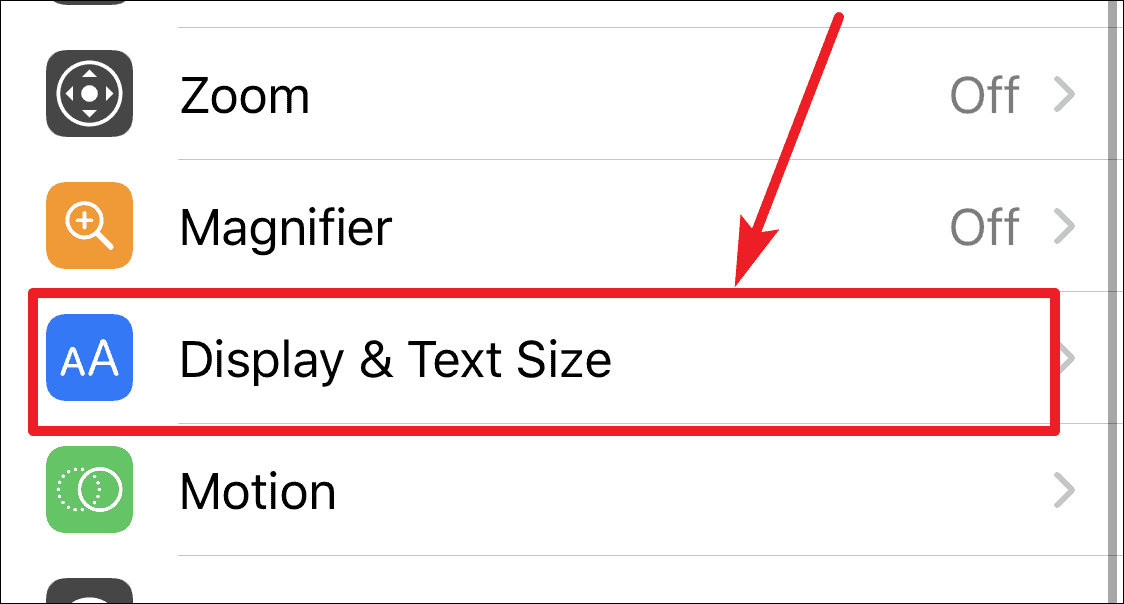
Scroll down for a bit and you will find the setting for Reduce White Point. Tap on the toggle to turn on the setting. You can control the strength of this setting. We recommend using the setting somewhere between 85% and 100% to reduce the eye strain.
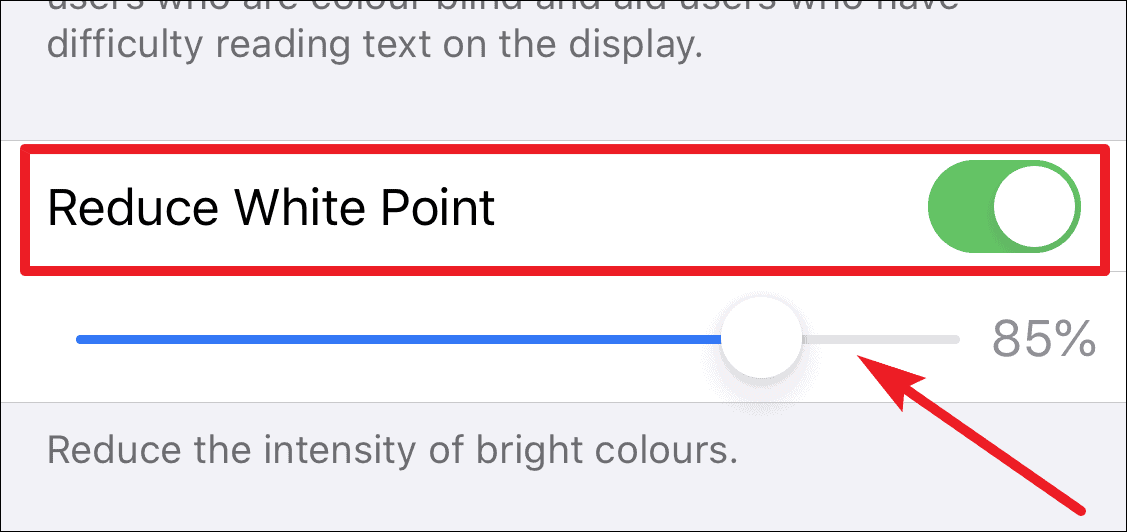
Use Smart Invert
Any devices running older iOS versions than iOS 13.0 won’t have a Dark Mode. These users can instead use the Smart Invert alternative to protect their eyes from strain. Smart Invert is better than the Classic Invert as it reverses the colors of the Display while keeping the colors of the images, media the same. It also keeps the color intact for apps already using a dark color scheme.
To turn on Smart Invert on your iPhone, go to Settings » Accessibility » Display & Text Size. Then tap on the toggle for Smart Invert to turn the setting on.

Use Greyscale
Users can also turn their iPhone grey to save their eyes from strain. Some people have been using this setting intentionally to curb their smartphone addiction. The vibrant colors of your display and app icons are designed to stimulate and engage your senses and this leads to longer hours on the phone. Turning your phone gray takes the power away from the phone and gives it back to you. In addition to the grey color scheme being less harsh on your eyes, you might also end up using your iPhone or iPad less which is definitely great for your eyes. We’d call it a win-win in our book.
Finding this setting on your own can be a headache of its own, as it is slightly buried. To turn it on, go to Settings » Accessibility » Display & Text Size. Scroll down and you will see a setting for Color Filters. Tap on it.
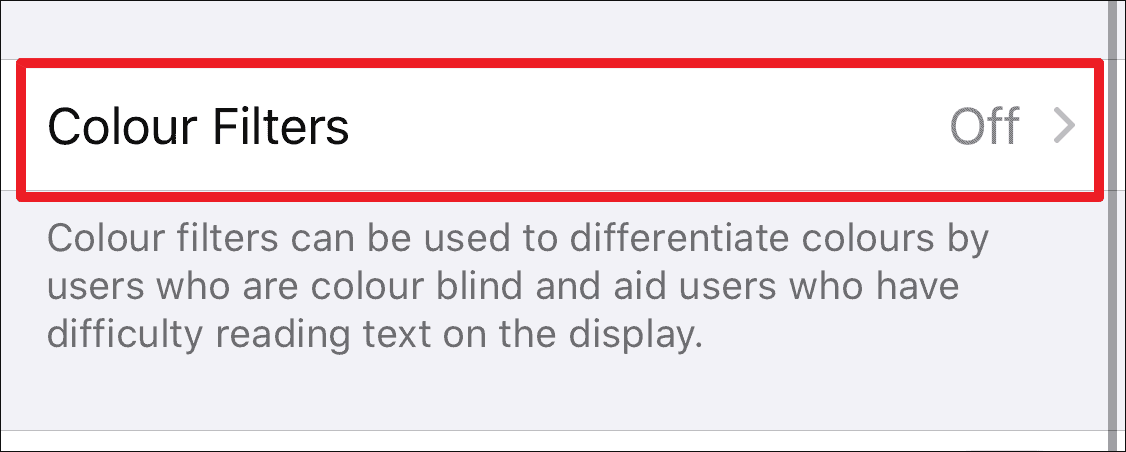
Then tap on the toggle to turn it on and select the Greyscale setting.

Schedule Downtime
The best way to protect your eyes from your iPhone and iPad screens is to limit your usage of the device. The Downtime feature on your device can be a great aid in your quest to use your phone or tablet less. To schedule downtime, go to Settings » Screen Time.
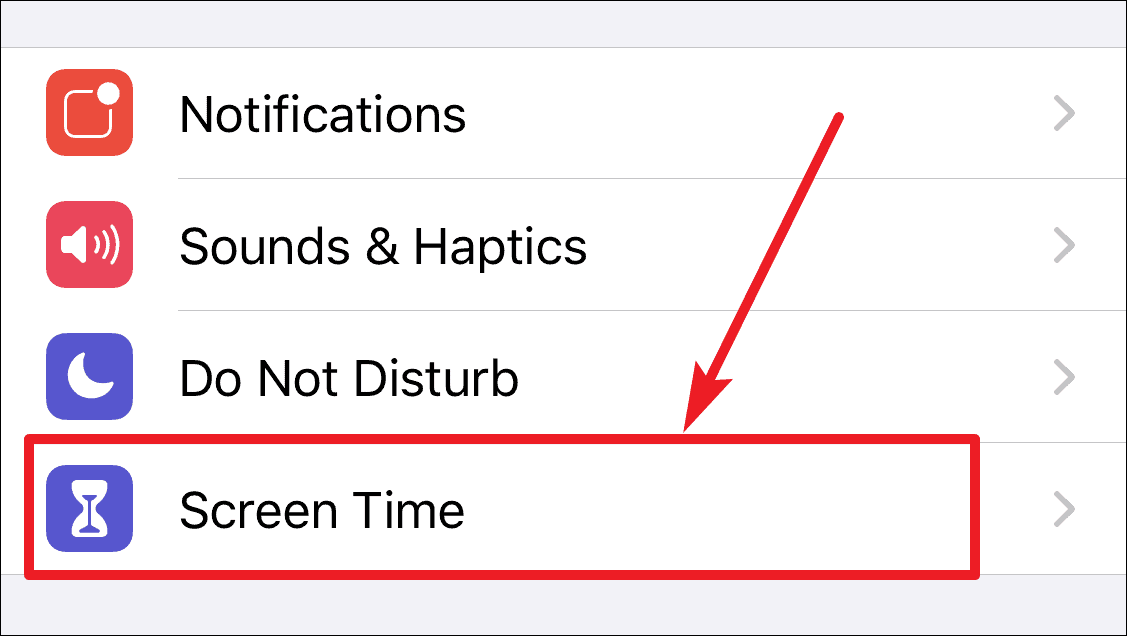
Tap ‘Downtime’ and turn on the setting to schedule your time away from the screen. You can also set a time limit for various apps to restrict your usage of certain apps.

🍻 Cheers!



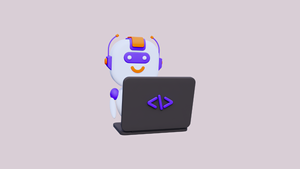

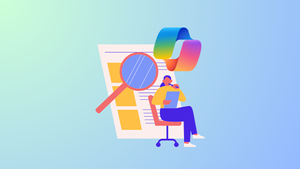
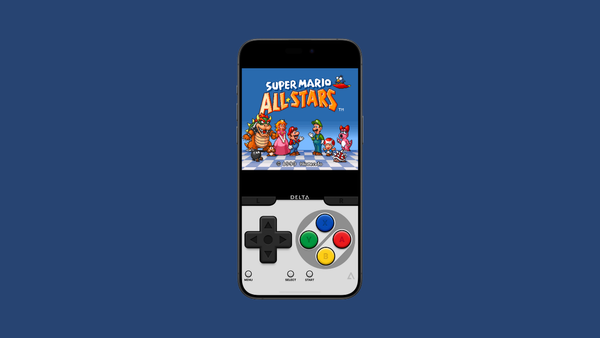
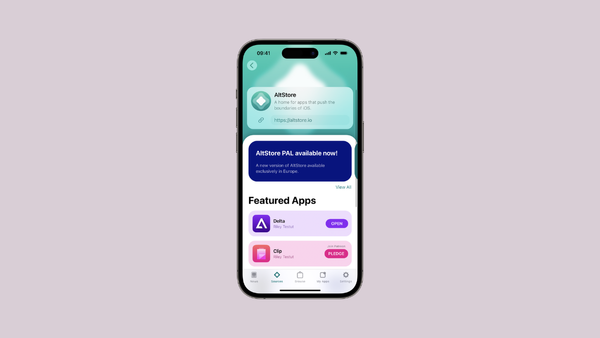

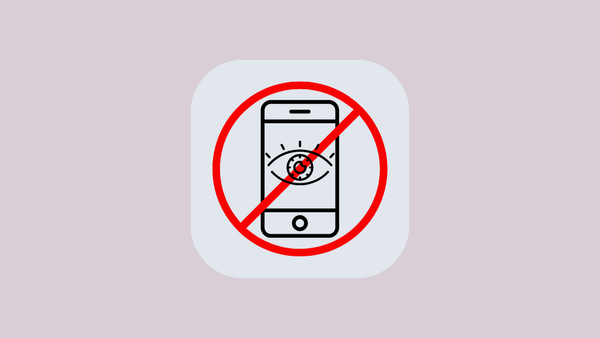

Member discussion